The Numbers, What Do They Mean? Obfuscation in RPGs
By MikeLemmer 28 Comments
I'm taking a moment out of attempting Ultimate difficulty on Dragon's Crown to rant about a design flaw that's irritated me since... well, forever, I guess. For as much as I like RPGs, they can be infuriatingly hard to understand sometimes. But first, to show what they could be, we have to start from the beginning.
Easy Numbers: Ranges, Odds, and Modifiers in D&D
I'm a tabletop gamer at heart; I used to be in 4 weekly D&D campaigns simultaneously, I play European board games with the family during the holidays, and have a smattering of experience in games from Paranoia to Call of Cthulhu. The key trait of every tabletop game is everything has to be calculated by the players, therefore the mechanics have to be simple enough for humans to understand after a flip through the instructions and a trial session or two.
For instance, in original D&D, you determined your stats (Strength, Dexterity, Intelligence, etc.) by rolling 3 six-sided dice and adding their results; if you rolled a 2, a 3, and a 6 for Strength, you ended up with a total Strength of 11. This "roll several dice, add them up" occurs so often in D&D it's written in shorthand as 3d6. From this info, we can quickly infer several properties: stats can be anywhere from 3 (roll three 1s) to 18 (roll three 6s), have an average result of 10.5 ( (1+6)/2 * 3), and follow a sharp bellcurve where it's very tough to get numbers at either extreme (odds are 1/(6*6*6) = 1/216 which is less than 1%). Similar mechanics are involved for seeing whether you hit or miss (roll 1d20+modifier, see if it is equal to or greater than a defense value, yes I know that's not quite how THAC0 worked but that's because they chose a stupid way of calculating it) and seeing how much damage you do (roll several dice, add a modifier, subtract any resistance the target has, while it can get messy like 7d8+3d12+23-15 it's usually something simpler like 4d8+23). While some games do some tricks with their dice rolls, such as "roll 4d6, discard lowest roll" or exploding dice aka "every time you roll max number on a die, roll it again and add it to the result", the results of these modifiers are simple to understand ("discarding the lowest roll makes the result lean towards the higher end of the range" or "exploding dice means I could roll 50+ damage on a 4d6 if I'm obscenely lucky"), even if determining the exact odds require a calculator and an education in statistics.
So what does this have to do with computer/console RPGs? Tabletop gamers understand that in order to make strategic choices on what to do, you can't just know the inputs or the results, you have to know the mechanics that go on inbetween. It's not enough to be told that your character's stats have a range from 3-18; that range could be the result of a number of different rolls, such as a straight-up 3d6, a 4d6-drop-lowest, a 1d16+2, and so forth, each of which has very different effects on where most results fall in that range. You also need to know what effects those stats have on other rolls, which means knowing their mechanics as well. It's not enough to be told that Strength affects Melee Damage, we need to know how much it affects Melee Damage in order to do anything useful with it.
Well, guess what most computer/console RPGs don't do?
Dumbing Down Players with Black Boxes
Nearly every RPG gives us plenty of stats, and a rudimentary explanation of what they do, but that's it. We understand that Strength increases physical damage, while Constitution makes you harder to kill, but the game's instructions leave us at just that. And while that's fine for basic "I want this guy to hit hard, so I'll stack Strength on him" planning, it falls apart when you're trying to make tougher choices like "do I want more Strength or more Constitution?". For instance, in one of Dark Souls' dirtier tricks, it put soft caps on all of its stats without telling the player; it basically outsourced its instruction manual to its player base to figure out. I'm ranting about it now because it is extremely noticeable in Dragon's Crown, which has multiple modifiers influencing combat damage (like Diablo 3 or WoW) without a detailed stat screen showing the results (unlike Diablo 3 or WoW). For instance, as a sorceress, these are all of the damage modifiers I can get on my wands:
- Damage Range (Example: 187-249)
- +Intelligence (affects magical damage)
- +Luck (affects critical rate)
- +% Damage Dealt
- +% Critical Rate
Note there's 2 pairs of modifiers that do similar things, except one appears to be an additive modifier while the other seems to be a multiplicative modifier. Or are they? Does having two +50% Damage Dealt modifiers results in 200% damage (additive: 100%+50%+50%) or 225% damage (multiplicative: 100% * 150% * 150%)? I don't know. Do I get more damage out of +25 Int or +20% Damage Dealt? I don't know. What exactly does a Critical do? I don't know. I can't even answer the simple question of "which wand does more damage" without either experimenting and taking copious notes or looking up other people's experiments and copious notes online. Instead, I'm going on gut feeling and a lot of flailing around in the dark. Don't even get me started on trying to figure out bosses' elemental weaknesses, as between the random damage range, the modifiers, and each type of wand element having different attacks, it would require me to get 3 roughly equal wands and do average DPS experiments on them in a trial run. I am now grateful Diablo has the courtesy to straight up tell you what monsters are weak/resistant to.
This was alright back in the early days of RPGs when there was a roughly linear progression of weapons/armor from "least powerful" to "most powerful", but nowadays where you have to make choices about giant skill trees and each piece of equipment has 4-6 random modifiers on it, we need the information to properly make those choices, and games' insistence on hiding their math and outputting numbers in the quadruple-digit range isn't helping.
The Revolutionary Paper Mario
I want to contrast this with the original Paper Mario- no, not the sticker-based nonsense they're spitting out nowadays to mess with Dan Ryckert- and how it is covertly one of the best RPG systems to come out in the 21st century. No, seriously.
"But why?" I can hear you asking. "Its math is so simple a 3rd-grader could figure it out."
Exactly.
Damage is simply Attack - Defense. Attack and Defense rarely go above the single-digits range; HP and MP cap out at 50. There's no random damage range and the stats & values themselves are reduced to a point where an increase/decrease of 1 is a big deal. You have an Attack of 8 and you're hitting an enemy for 6? Congratulations, you now know its Defense is 2, and you can make an informed decision about whether it's a good time to break out the lower-damage Defense-ignoring attacks. After playing numerous RPGs where I was doing 9000+ damage per hit without any real idea how I got that number, knowing the exact results of increasing my Attack or Defense by 1 (and fretting over which one I should pick) was a breath of fresh air. Paper Mario is a master course in how reducing game mechanics to a minimalist state can actually increase the strategy involved.
(As a sidenote, this is also why some games with RPG skill trees but no stats do a better job of giving the player meaningful progression choices than RPGs themselves do. Since they aren't able to fall back on abstract bonuses like "+6 Strength", they have to explicitly state how they'll change the player's gameplay with stuff like "Reload 20% faster" or "Increase combo size by 1".)
Fixing the Problem
So how can devs improve player decision-making in their games? It boils down to two things:
- Reveal the calculations (or, at least, the results) of every stat in the game.
- If it's still too hard for players to understand, change it until they can.
RPGs are about choice, whether it's narrative choices, character build choices, or strategy choices. Making good choices requires information about its mechanics and its results. Flailing about in the dark, making decisions based purely on guesswork, is about as meaningful as choosing whether to turn left or right based solely on a coinflip. It's unsatisfying at best and frustrating at worst.
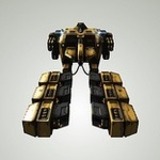
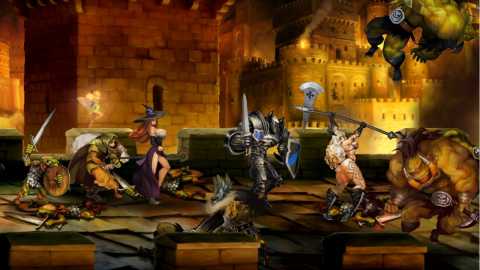
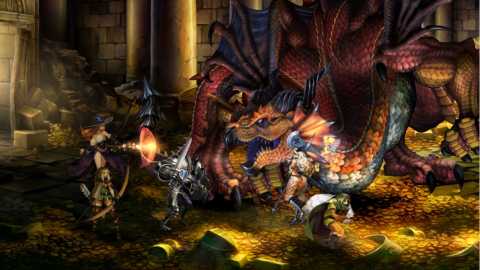
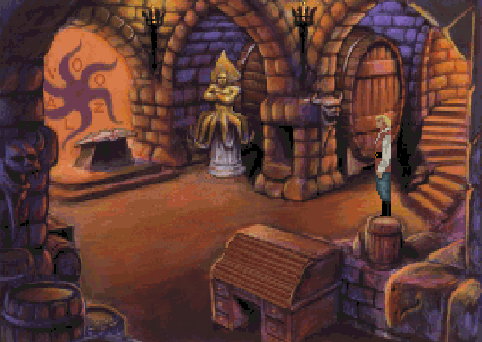
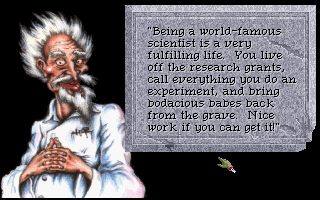
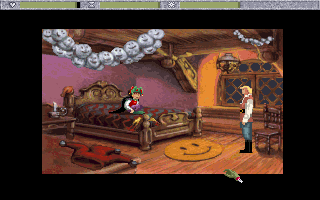
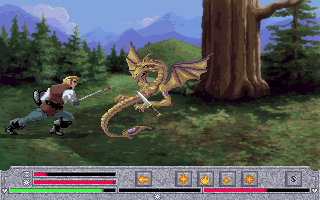

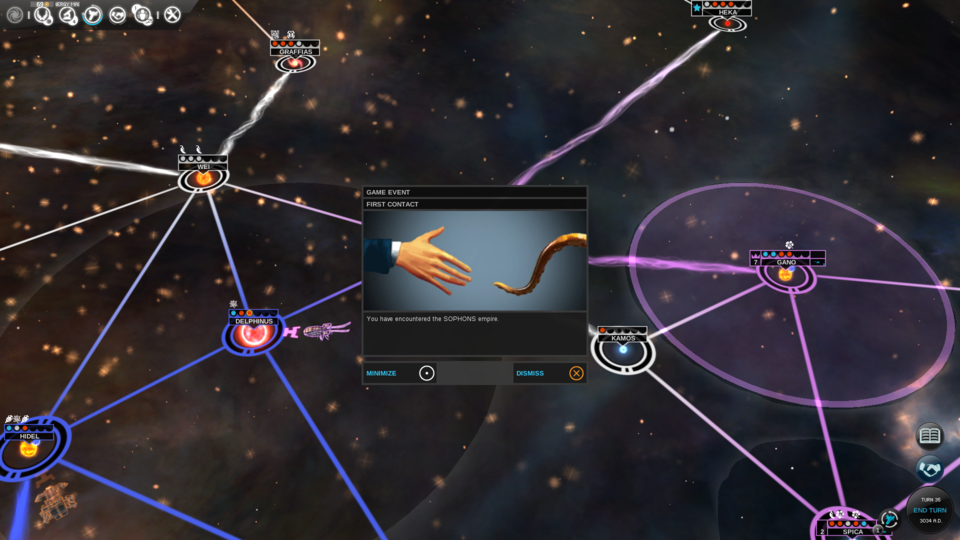
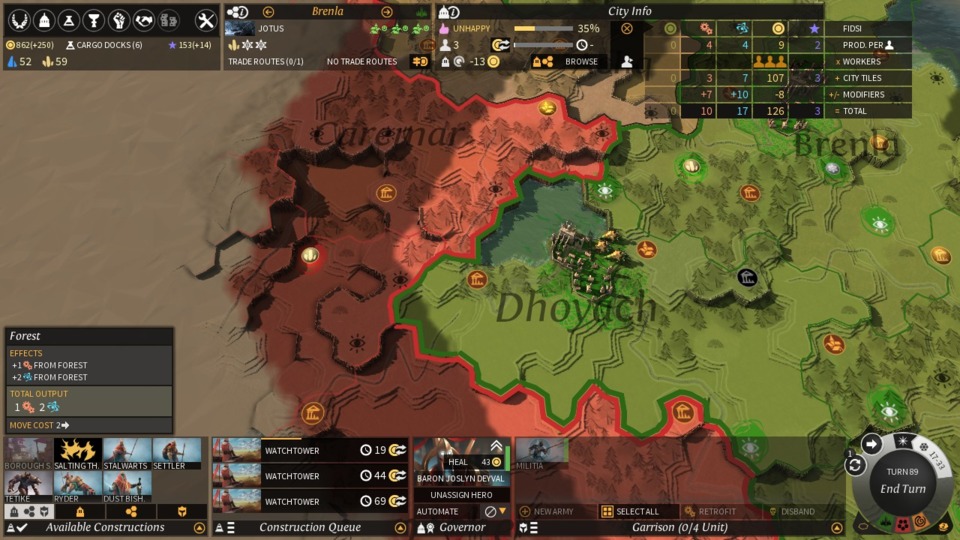
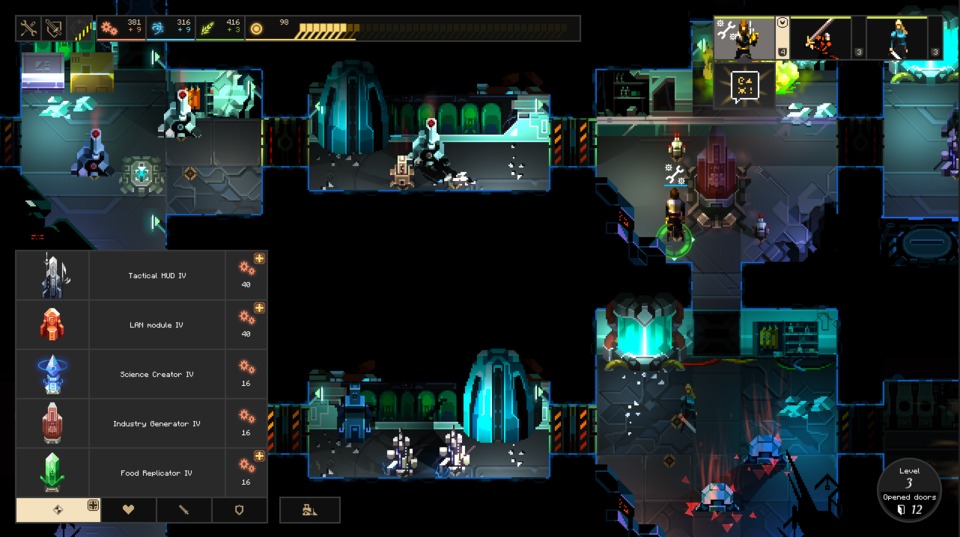
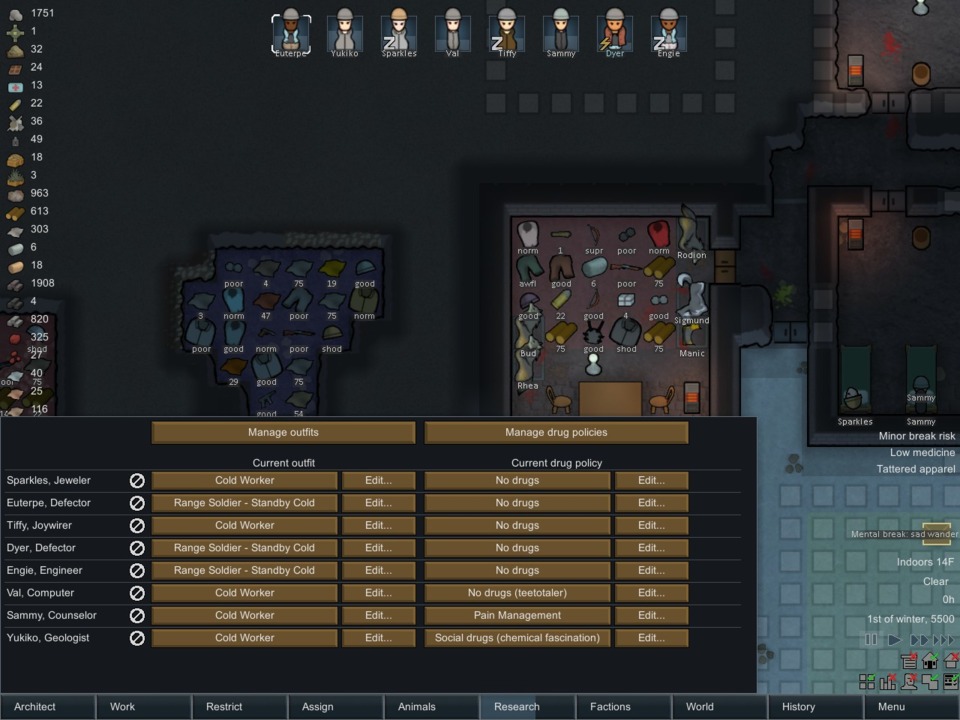
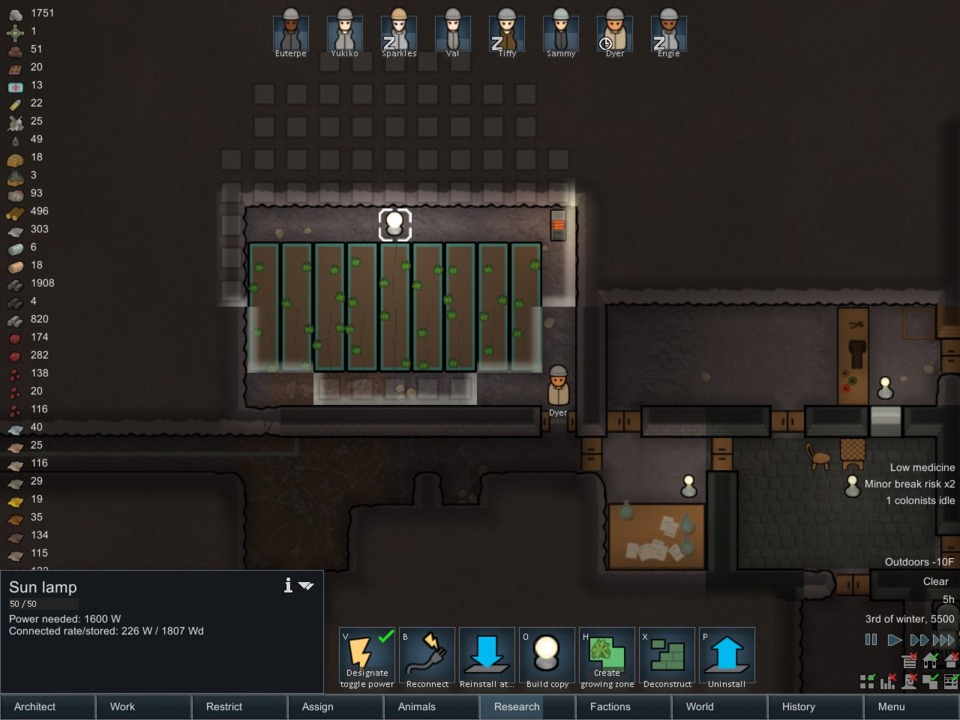
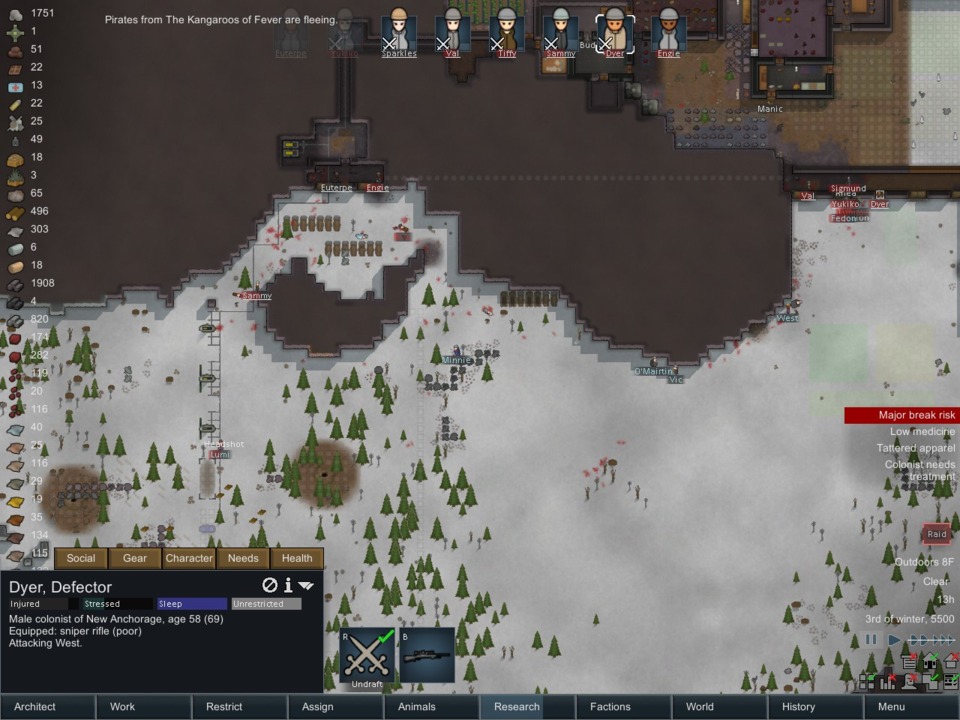
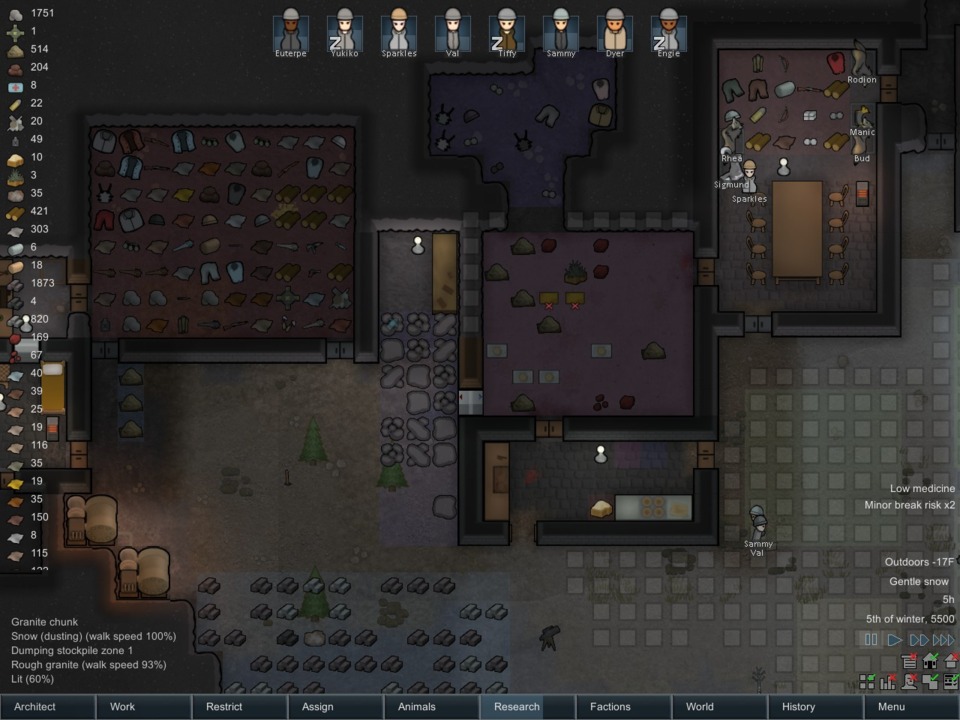
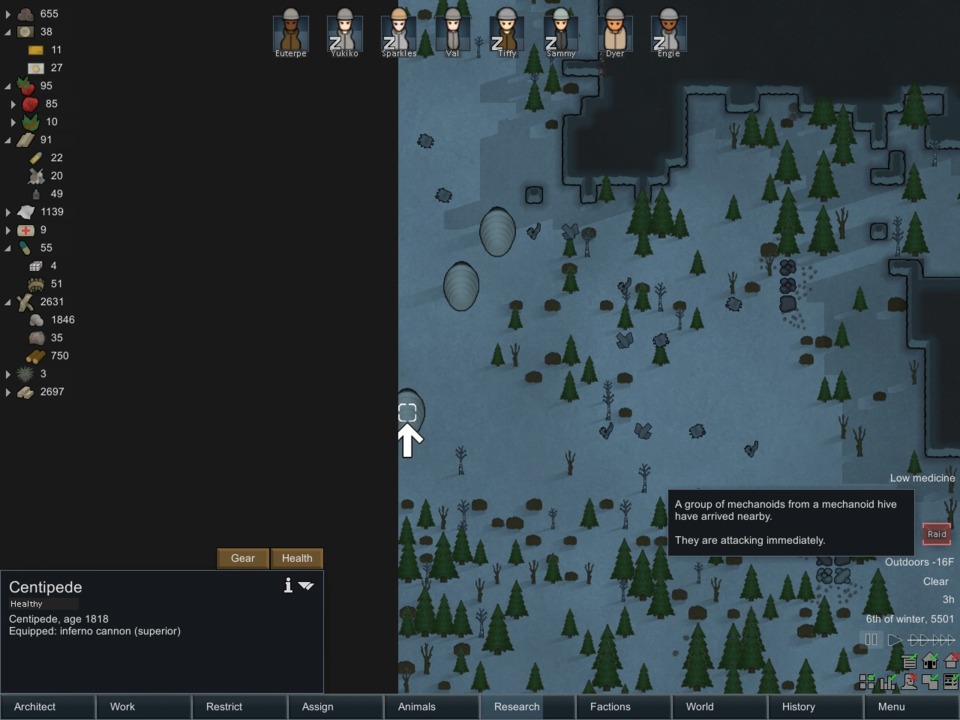
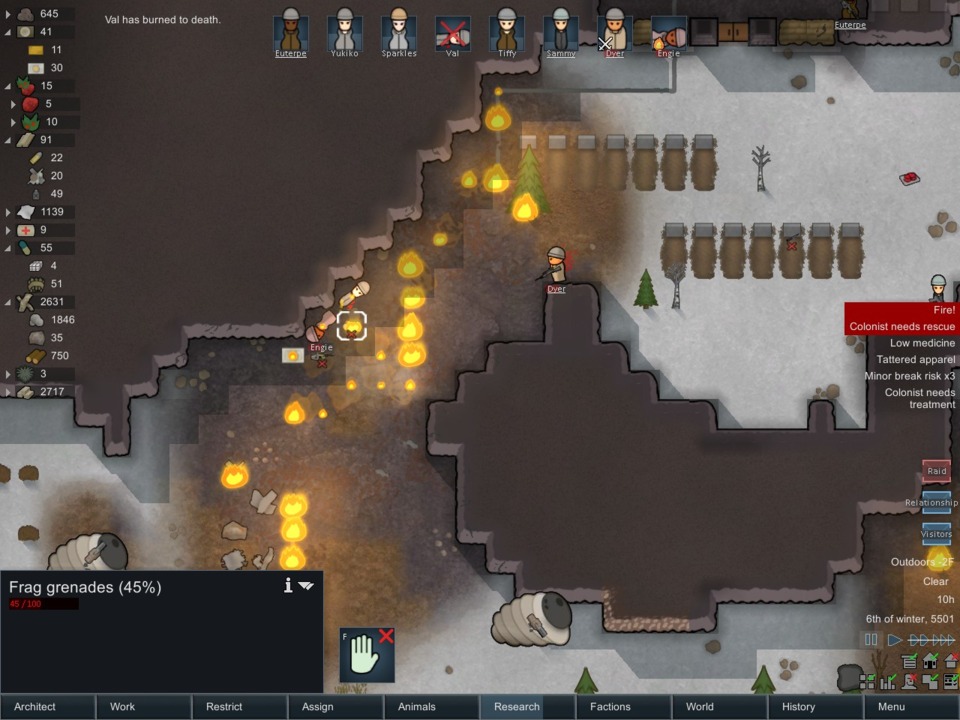
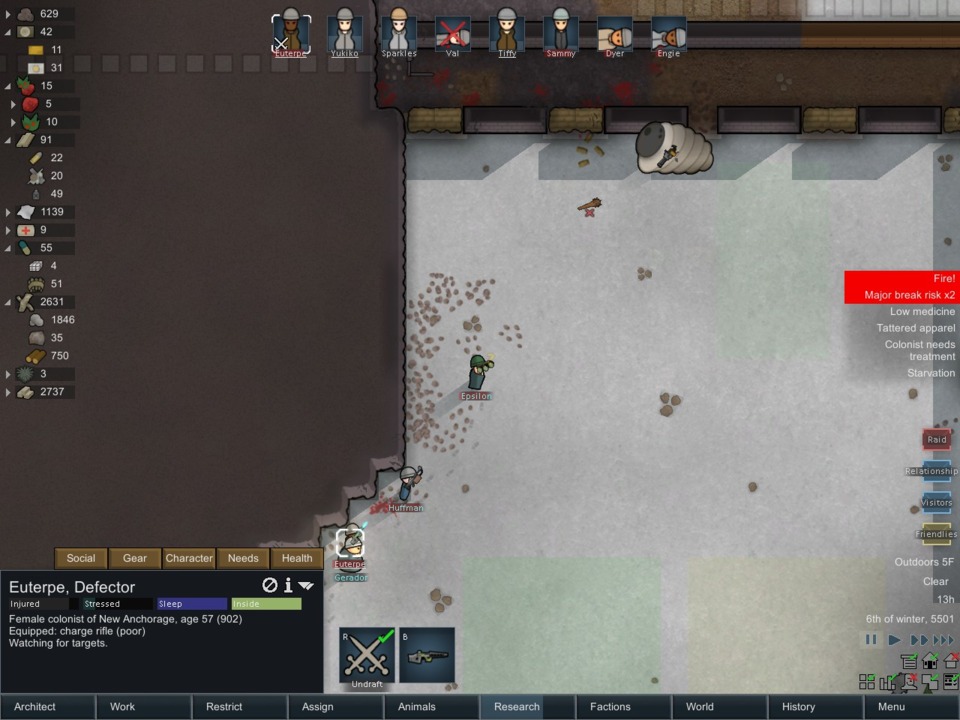
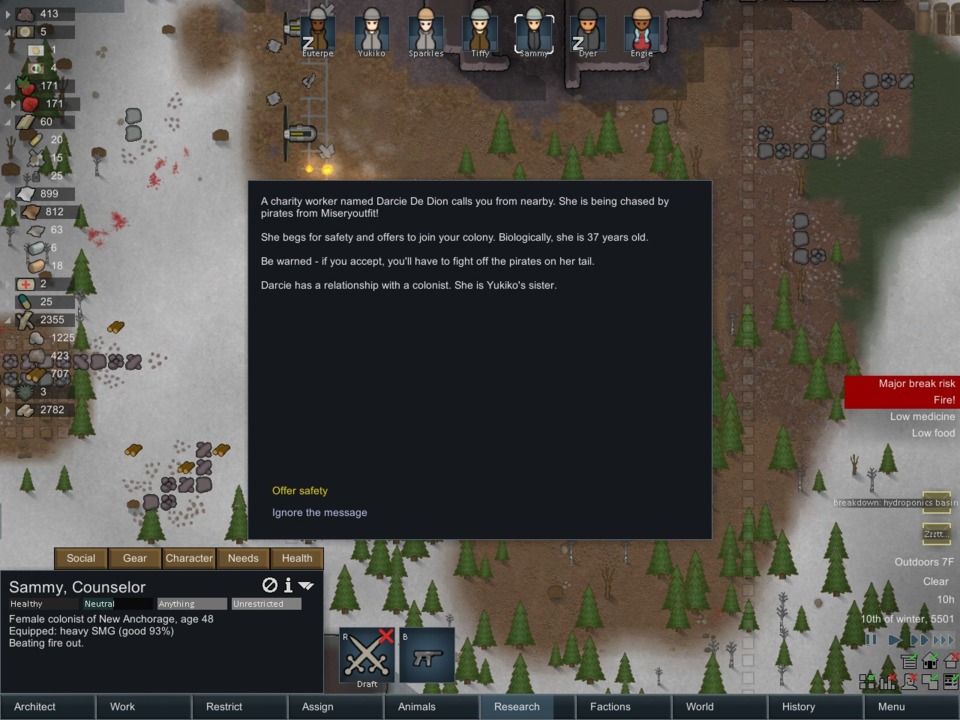
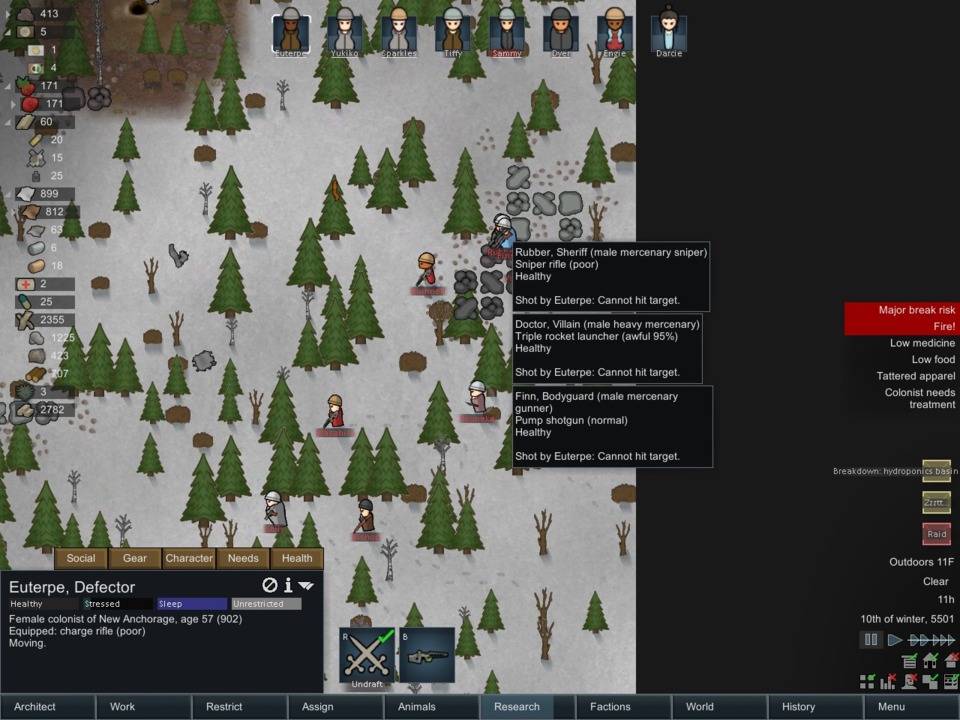
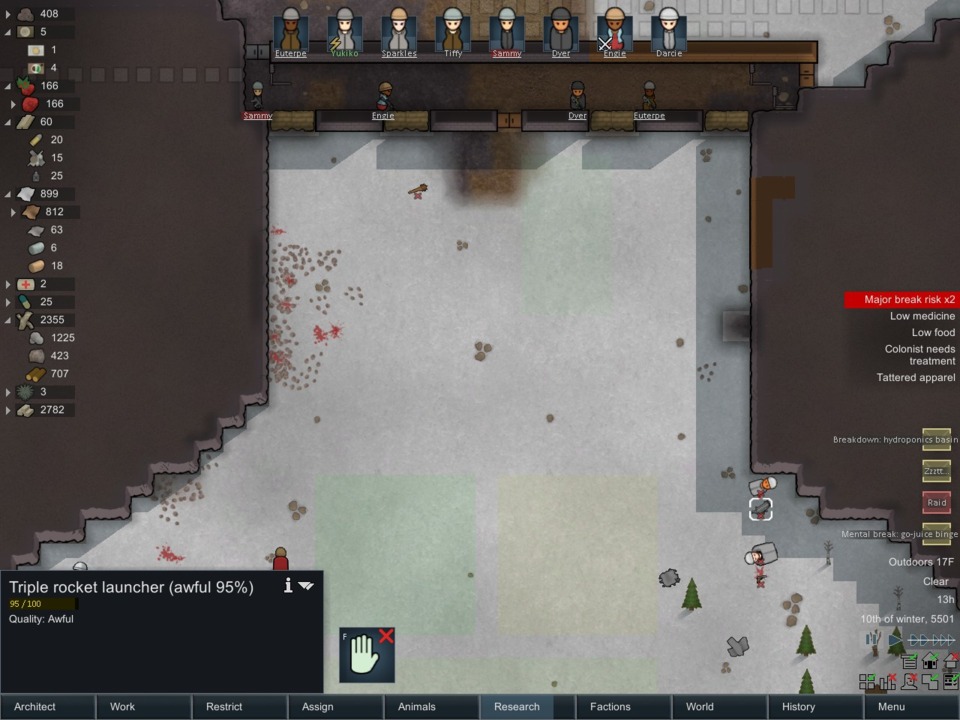
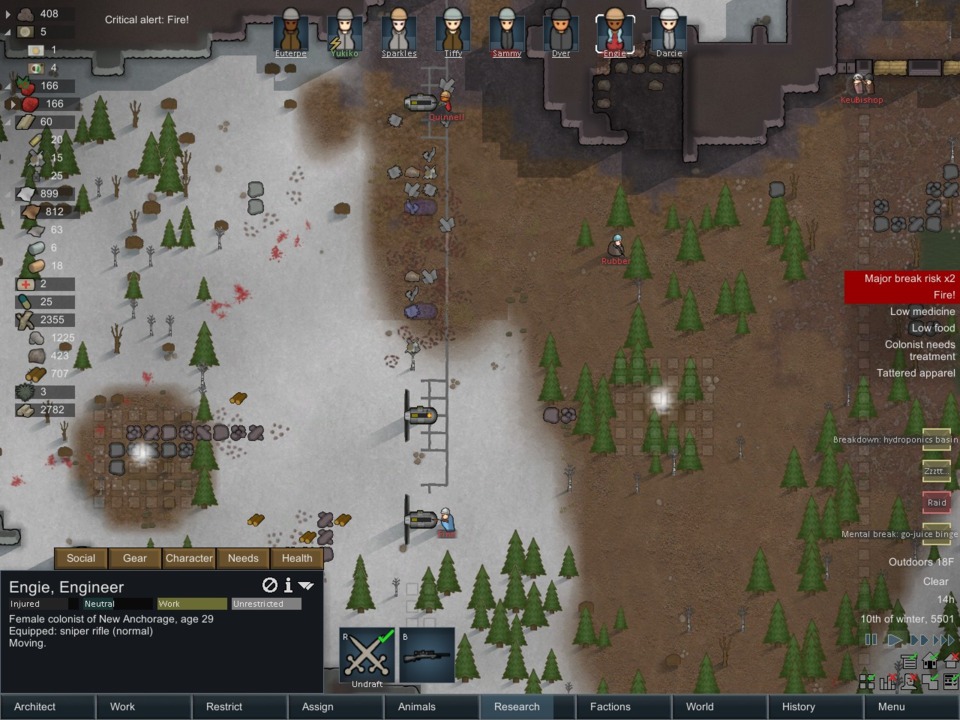
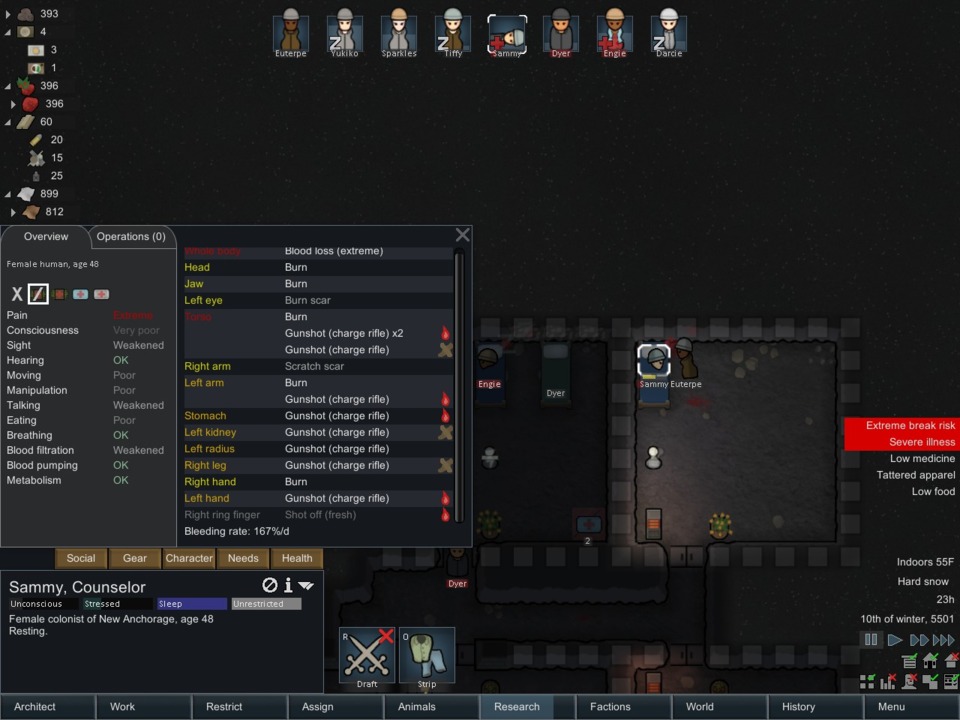
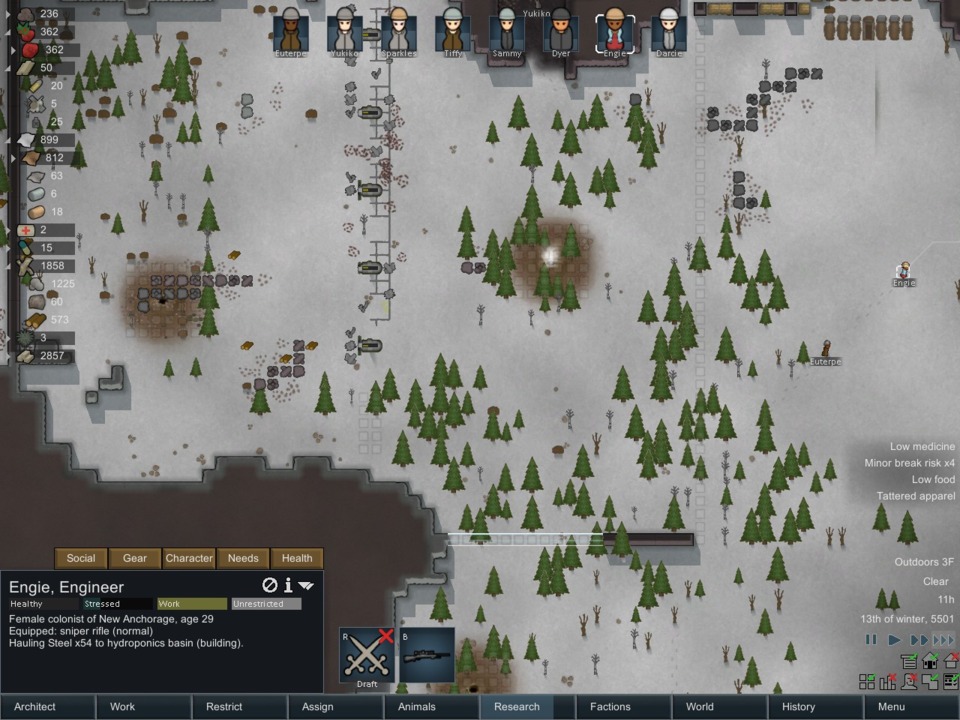
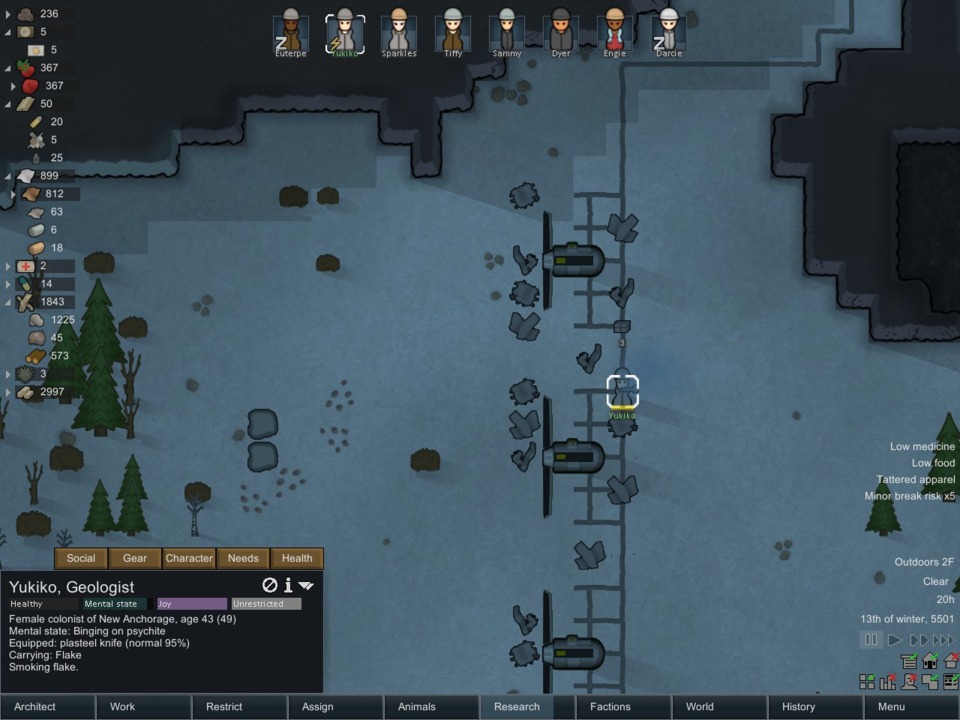

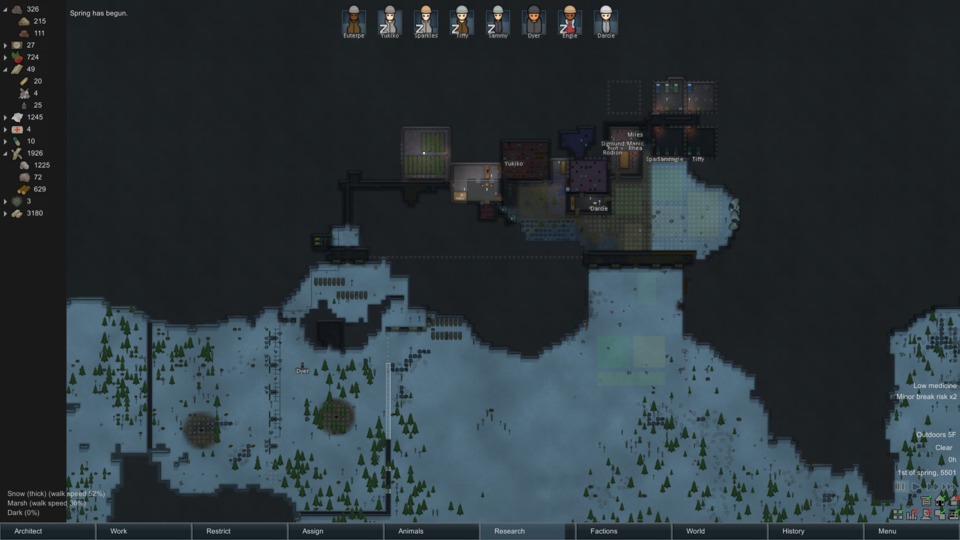
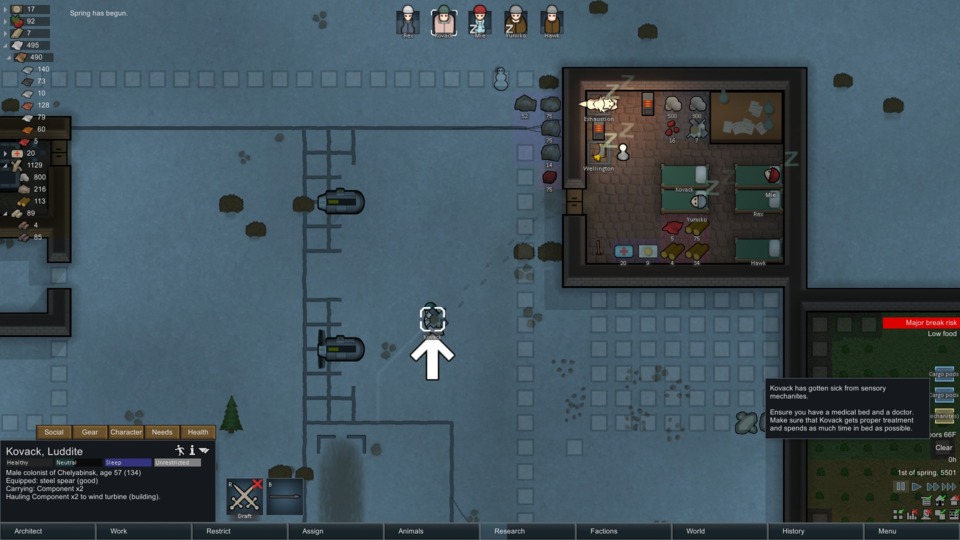
Log in to comment